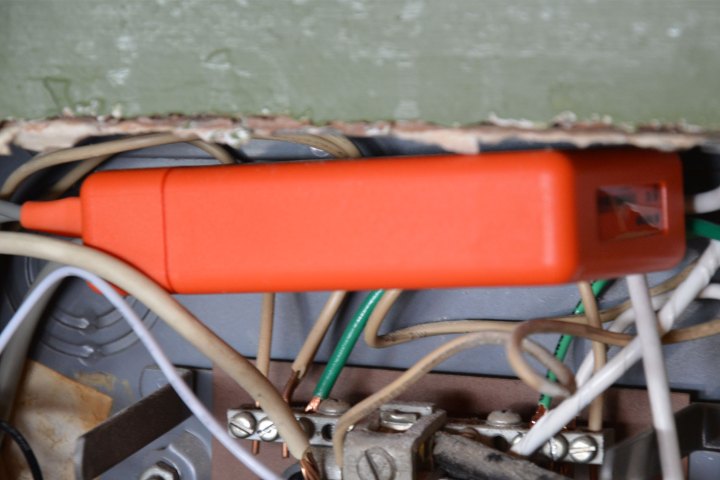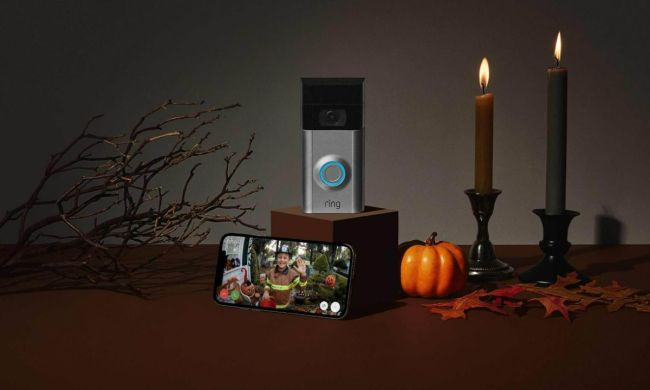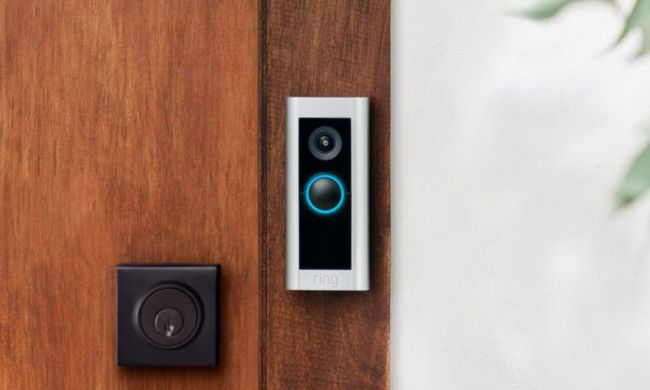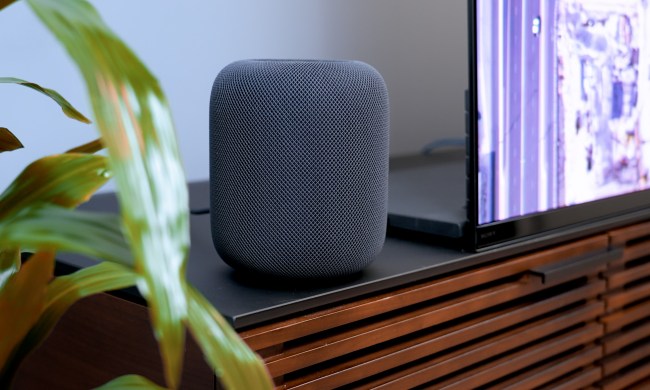“Sense shows you how much energy your appliances use, but it can't tell you how much they're costing you.”
- Easy-to-use app
- Reliably identifies energy hogs
- Offers more insight than an electric bill
- Doesn’t show usage in terms of cost
- Must be installed by a professional
The overhead halogen lights in my kitchen use between 6.0 and 15.1 kilowatt-hours of energy a month. My fridge uses between 29 and 33. I know now what the big draws are in my home, power-wise, thanks to the Sense Home Energy Monitor, a roughly $300 device that hooks up to your electrical panel and listens and learns from your appliances and electronics.
By picking up the electronic signature of individual devices, the Sense used algorithms to differentiate between my fridge and my oven. Each time I turn on my oven, the Sense tracks the amount of energy it’s using in watts. It’s useful information, though it takes some math to figure out how many dollars of electricity each device is actually using. So what’s half of the data you need about your electrical use worth?
Little red box
A couple months ago, an electrician came to install the Sense; it’s definitely not a job for an amateur. The small, red box has an antenna and comes with two current sensors and a power cable. There’s a mounting kit, in case the device can’t fit in your breaker box and the installation took under half an hour. The electrician told me that due to my ‘60s-era configuration, the device wouldn’t be able to get a read on every device in my home like it would in other setups.
While the Sense works behind the scenes of my electrical panel, its companion app (iOS and Android) breaks everything down into bubbles and charts. The bubbles pop up under the “Now” tab when the fridge clicks on or I flip on the kitchen light.
I have no idea how many devices the “Always On” bubble incorporates.
If I tap on the fridge bubble, I go to a new screen that shows me how much energy it’s using right now, as well as how long it’s been on, its average consumption, and its average run time. There’s also a chart showing me usage for the month, one for the trend for the week, and another with a “power meter” for the last 24 hours.
In my case, however, the two biggest bubbles are “Always On” and “Unknown.” Neither bubble can be expanded with further information, so I have no idea how many devices each incorporates. The Sense is supposed to figure out which each device is over time, but after several months, that Unknown bubble is as big as ever. The Always On must represent things like my router and TV that are always plugged in. Again, it would be nice if I could see a more detailed view of which is drawing the most power — that’s sort of the whole point, isn’t it? I’m obviously not going to unplug my router, but I am curious how much energy it’s using.
Watts it worth?
The other side of the coin, no pun intended, is that while I see how much energy my oven uses, I don’t get any idea of how much it costs me monthly. Sense is working on a cost calculator, the company tells me, but it’s hard to modify my behavior without that price tag assigned to my energy-sucking halogen bulbs. I know they use more than my LEDs, but is it worth it to get a whole new light fixture?
The app’s menu offers other insights, like a breakdown of all your devices in the Devices tab, and trends in the Usage tab. Here you can see your power consumption by day, week, month, and year. From this page, I easily saw that my fridge uses between 4.3 and 8.7 percent of my total energy consumption. Now, these figures are skewed because my washer and dryer don’t show up at all.
My fridge uses between 4.3 and 8.7 percent of my total energy consumption.
Under the Settings tab, I was able to see that the Sense has detected 17 devices. Considering I have five lamps in my living room alone, I’m clearly not getting a full picture.
You can play detective and do some assigning yourself if the Sense isn’t picking up on your devices. Turn on your hair dryer, for example, and then assign the bubble that appears to that device. I had some trouble with this; I’d turn on my hair dryer, and the Unknown bubble would simply get bigger. (Much bigger. My hairdryer uses a lot of energy.) When I asked Sense about this, I was told that it can take a while to identify the signature. I use my hair dryer pretty infrequently, but I’ve been running the heater in my office for a couple hours a day for several weeks, and I use the washer and dryer enough that I’m surprised they haven’t shown up as individual devices yet.
Our Take
Though it’s pricey and is probably best installed by an electrician, the Sense is an easy way of keeping track of your energy usage. If only it could offer some tips on how to cut back.
Are there other alternatives?
Sense isn’t the only device like this on the market; Curb is a similar product, for example, though it costs $400 — a hundred dollars more. If you want something cheaper, there’s the TP-Link Wi-Fi Smart Plug, which will tell you how much energy your gadgets are using individually. That will take more patience, as you’d have to either buy a few or swap devices out; you also won’t be able to plug your dryer into it, and it might be a pain to get to your fridge’s outlet.
How long will it last?
The real question is, how often will you use it? Once you get a sense (sorry) of how much energy your appliances are using, you probably won’t open the app very often. But if your energy bill starts creeping up, at least you’ll have an easy way to find out why.
Should you buy it?
No. You might want to wait. Hopefully Sense gets its cost calculator up and running soon; the product will be a lot more useful when you can monitor your energy in terms of dollars and sense rather than simply kilowatts consumed.









